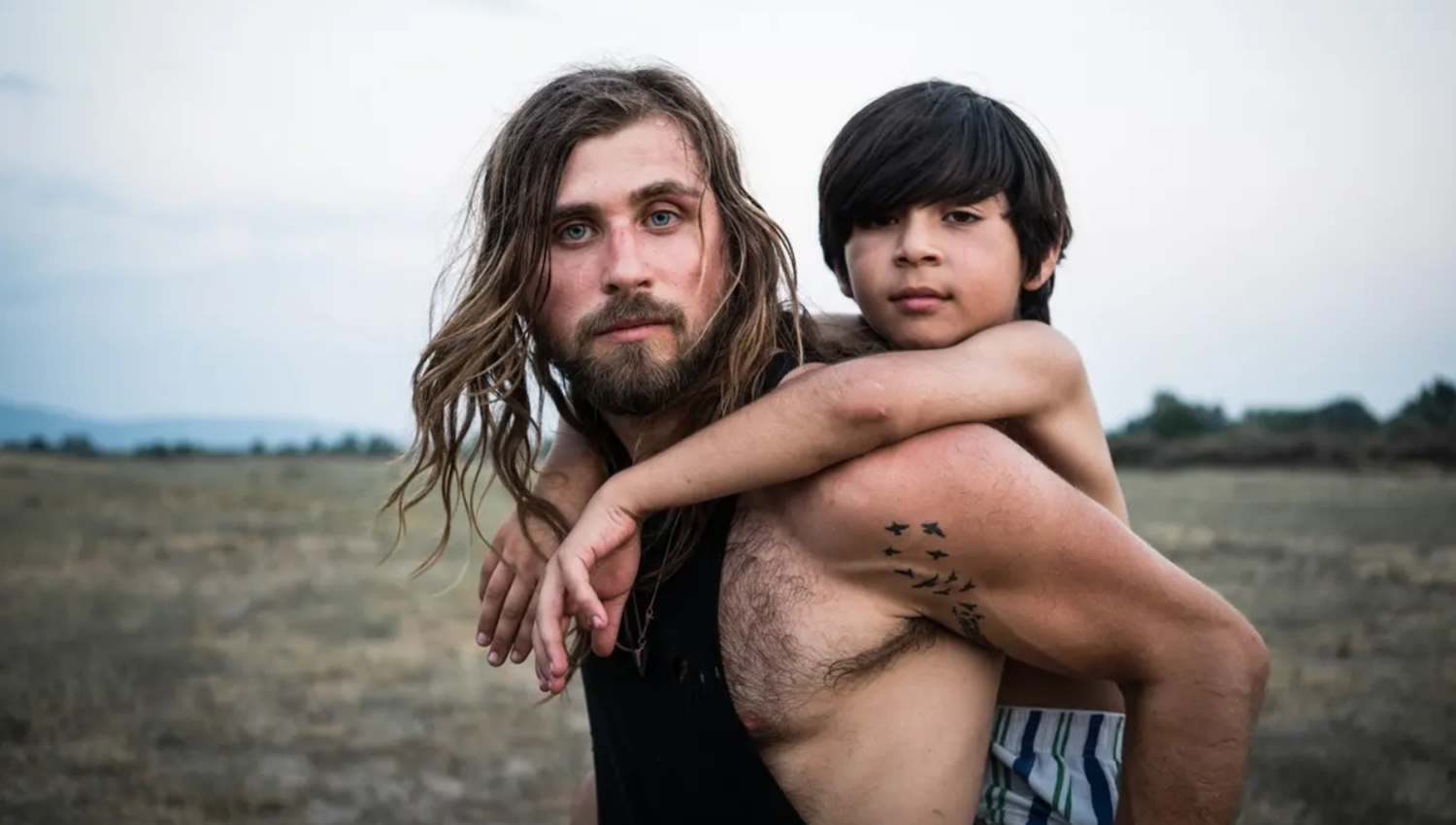
The Story Won’t Die
Dustin Chase
The story of a revolution told by artists is so different from the same story told by political scientists or historians—not that I’m discounting the latter. What strikes me, though, is that artists have a way of conveying the social/emotional and individualized experiences of what actual people go through during a revolution such as the uprising in Syria. Documentarian David Henry Gerson features nine artists originally from Syria who were active in demonstrations against the Assad regime and had to leave for other countries as a result of the pressure—and sometimes torture—they endured. Part of their stories are told in the particular artistic medium in which they work, i.e., art, music, dance, which adds interest and dimension to their accounts.
All were hopeful that they and their art and activism would make a difference in the country. They had not anticipated the brutal and inhumane steps the government would go to as a means of shutting them up. Right up front we are told that since 2011, over a half-million people have been killed in Syria, and over half the population (13 million) became refugees.
The documentary does a good job in assembling artists who have managed after many travails to reach European countries like Germany, the Netherlands, France, and Greece. They relate their experiences in (usually) having to uproot themselves suddenly when it becomes clear to them that they have no future in Syria and avenues for leaving open up. Of course, some must leave loved ones behind. One was thinking that he’d rather die than risk going to prison again, but when he thought of his month-old daughter, he made plans to leave and work to assure a good life for her.
Gerson is to be commended for adeptly balancing the horror and the optimism.
The storytellers are visual artists, a choreographer, a dancer, a rapper, and other musicians. They come from all kinds of backgrounds—some well off; some poor, but clearly all have the degree of persistence it takes to make such a transition in the face of major obstacles.
Perhaps because of the infusion of their art work—which clearly they use as a coping mechanism—into the production and the fact that all have become settled and mostly adjusted to their new environs makes the documentary upbeat, with the horrors they’ve left behind in the background. Gerson is to be commended for adeptly balancing the horror and the optimism.
The ending makes the point that the impact of leaving their home country is strongly felt, and they seek to solidify their artistic identity within the small community of fellow Syrians when they are able to be together. As upbeat as the film is, we are left with their disappointment that the 10+ year civil war continues, with Assad still in power.
Final Thought
An inspirational picture of what artists have endured during the Assad regime in Syria. Sometimes beaten and tortured during peaceful protests, these fortunate few have been able to make their way to European countries and use their arts to inform others about the atrocities in Syria.
